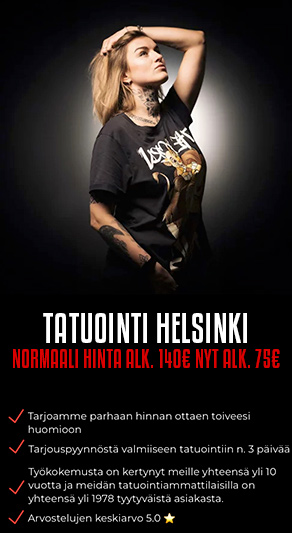Tossa vielä ihan mielenkiintoinen historiallinen postaus yhdeltä Kosen-vaarilta. Saatta kiinnostaa myös jutsu miehiä.
"Hope to shed a bit more light on the Kodokan newaza and surrounding issues of Fusen-ryu. Maeda and Kosen Judo ...from a historical perspective.
1830 Fusenryu established by Butsugai Zen Monk, a Jyujyutsu school all inclusive but not particularly known
for its newaza
1860 Jigoro Kano was born
1868 Meiji Restoration
1869 Mataemon Tanabe was born
1874 Keio Univ. started Jyujytsu (Sekiguchi-ryu)
1877 Jigoro Kano jointed Tokyo Univ. and started to learn Tenjin-Shinyo-Ryu
1878 Mitsuyo Maeda was born in rural Tohoku
1882 Jigoro Kano established Kodokan and Kano-Jyuku
1883 Tokyo Metropolitan Police Academy adopted Jyujyutsu and created Jyujyutsu-no-Kata (11)
1883 Lectures on Judo started at Gakushuin Univ.
1885 Tokyo Univ. invited Tenjin-Shinyo-Ryu to be their Jyujyutsu
1890 Mataemon Tanabe employed by Tokyo Police as Jyujyutsu assistant instructor
1890 No.1 highschool and other highschools started to have Judo clubs (48 highschools across Japan)
More and more team competitions among so-called "numbered highschools" till 1913
1897 Maeda joins Kodokan
1899 Isogai of Kodokan challenged Tanabe at his home town, with help of kaichiro Samura,
which made Tanabe quiet thereafter
1900 Maeda taught Judo at No.1 Highschool which he recalls was "very tough for him particularly in newaza"
in a letter to his friend from Brazil.
1904 Maeda left Japan with Tomita, Satake, never to return after 7 years of practising Kodokan Judo
1906 Judo Gi changed, longer sleeves, longer pants, which made Big Throws possible, thus making
newaza less fashionable
1911 Kodokan banned leg lock due to heavy injuries
1914 Maeda arrived in Belen, Brazil
1914 1st Kosen Judo Tournament hosted by Kyoto Univ. (No.1 Highschool did not attend) Most
competitions were judged by Kodokan High Dans at the time
1921 Culminated in a match between No.6 and No.4 highschools with introduction of cross leg lock
1933 No.6 highschool developed Sankaku-jime(triangeli), at first it was a flying Sankaku-jime
1924 Kodokan stipulated Judo match to start from a standing position
1941 End of Kosen Judo, death of Maeda in Brazil, same year 30 second rule of pinning declared
as Ippon. (Prior to this date, Ippon was either submission or by the judge of a referee)
How different is Kosen Judo from Kodokan newaza?
Nothing, except that the techniques are more subtle, delicate and decisive. The use of wrists, ankles,
knees etc is in accordance of the anatomy of the human body, in the end making Sabaki or movement
more efficient. For instance, the Kosen Book illustrates many techniques to attack a turtle, but I heard Kimura (Masahiko) saying "it`s a suicide!! None in Kosen Judo dared to make such a position as it meant
total surrender."
Was Maeda good at newaza?
No reason to believe he was above average, because he was not acquainted with any
Jyujyutsu while most other top Judokas had background in Jyujyutsu. But the record shows
Kaichiro Samura liked Maeda very much so he must have taught newaza before going to Kyoto.
Was Maeda influenced by Kosen Judo?
How was it possible? When Kyoto Univ. organized the 1st Kosen Judo in 1914, Maeda just arrived in
Belen, Brazil the same year.
Does Kosen Judo still exist in Japan?
Some record, somewhere, but I know none alive. Suppose the last Kosen warrior in 1941 was 20, he must be 86 years old. I hear quite a few Kosen students were sent out to the War so ... Have we then preserved it as a culture? Individually, perhaps yes, my experience of visiting one of the 7 universities (last year) and the Kosen Judo Club this Jan. does not confirm that they have preserved it, in form but not in small details.
Does Fusen-ryu exist?
I think so, in a place called Onomichi where it was born. Monk Butsugai is not very well known but if we call him Genkotsu Osho (=Monk of the Fist), then many Japanese know his anecdotes as being an exeptionally strong Zen monk.
Kosen Judo, children`s Judo?
They are all children, yes but age-wise today`s university student could be a Kosen highschool student then because of the different age bracket."




